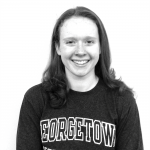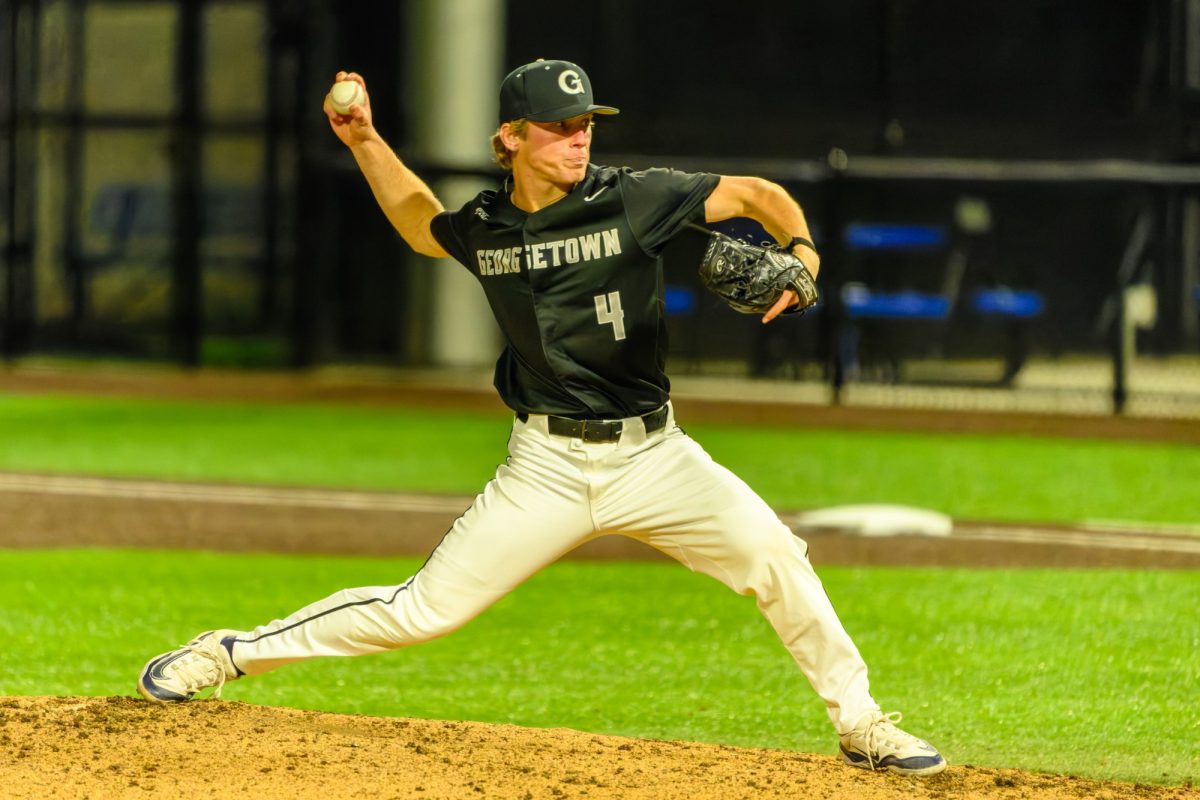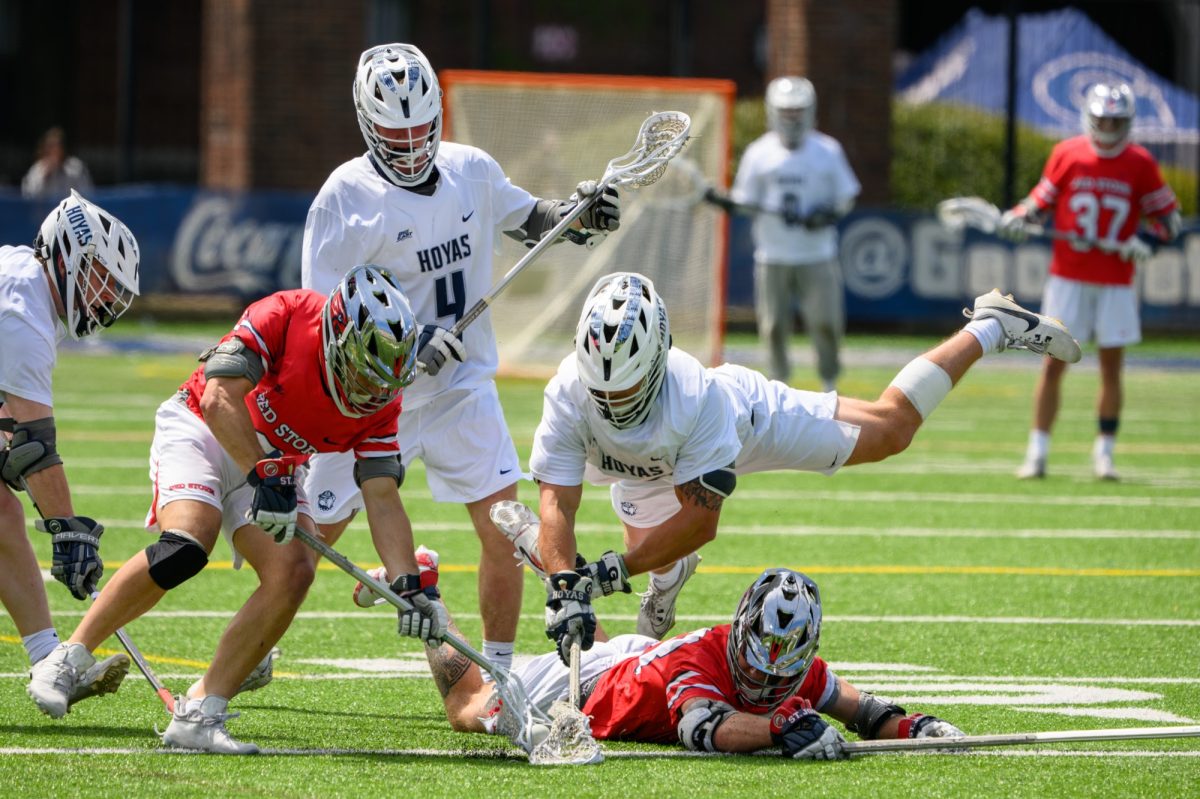On Sunday, Serena Williams bested her sister Venus to capture a record 23rd Grand Slam title at the Australian Open. The sisters stand out in the tennis world not only for their athletic prowess, but also for their phenomenal success in a predominantly white sport.
Mike Wise of “The Undefeated” compared the sisters’ odds of competing in the final of the Australian Open to that of Leicester City winning the English Premier League title. As one may recall, the latter had a 5000-to-1 odds. The Williams sisters — born and raised in gang-ridden Compton — were fighting much greater odds.
With this in mind, the sport of tennis is still relatively homogenous and hard to break into as a person of color. Granted, five of the six American women who reached a Grand Slam semifinal this past year were African-American, and there are several young black hopefuls on the men’s side.
In terms of grassroots participation, however, the numbers are not so positive. According to a Tennis Industry Association survey published in 2016, the nation’s overall participation grew slightly in 2015 from the previous year and Hispanic participation jumped 12.2 percent, but the number of African-American players decreased by almost 2 percent.
Part of the reason why tennis remains less popular among people of color is its sheer cost. There are many free or nearly free beginner programs throughout the country, but once private instruction is needed, prices can be upward of $50 per hour. Even with discounted programs available at places like the Venus & Serena Williams Tutorial Tennis Academy, tennis still remains a relatively expensive sport.
As XS Tennis founder Kamau Murray says in an article on “The Undefeated”, “you can play basketball for a year for the price of what it takes to play tennis for two months.” Such a relative expense inevitably makes tennis a less popular pursuit among lower-income families.
If a young person does want to break into tennis’s top national rankings, expenses can exceed $100,000 a year, according to Bob Davis of blacktennishistory.com. In 2014, the median income of white households was $71,300 while that of African Americans was $43,300. This disparity can partly explain why a white adolescent is twice as likely to pursue the sport as an African American or Latino, a statistic quoted in the novel “Child’s Play: Sports in Kids’ Worlds.”
There is a silver lining, however, as the current president of United Stated Tennis Association President is an African-American woman seeking to diversify tennis. Katrina Adams, a former professional tennis player who did not personally experience bigotry in cosmopolitan Chicago, knows that tennis does not reflect the country’s population. It is urgent, therefore, to “make tennis look like America.”
She also cites the educational aspect of the sport, as there is a college marketability that comes with tennis. There are about 8,000 NCAA tennis scholarships available throughout the country, and although over a third go to foreign players, the sport itself is associated with socioeconomic success in the African-American community. As opposed to team sports like football and basketball — which does draw upon a disproportionate number of black athletes — tennis has a longevity and status associated with a typically more educated and affluent crowd.
This combination of factors shows that tennis can open many doors to those who have the means to play it. The USTA generates about $20 million in revenue each year, and a portion of it funds elite player development. The money is spread thinly, however, and the association cannot do the work alone.
It is up to former elite athletes like Zina Garrison, who runs a tennis academy in Houston, to help contribute to grassroots growth in the sport. This, along with the diversity existent on the USTA board — five women, two African Americans, two Asian Americans, two Hispanics and six Caucasians — hopefully leads to more varied and equal-opportunity ventures into tennis nationwide.
 Sinead Schenk is a senior in the College. A Level Playing Field appears every other Tuesday.
Sinead Schenk is a senior in the College. A Level Playing Field appears every other Tuesday.














